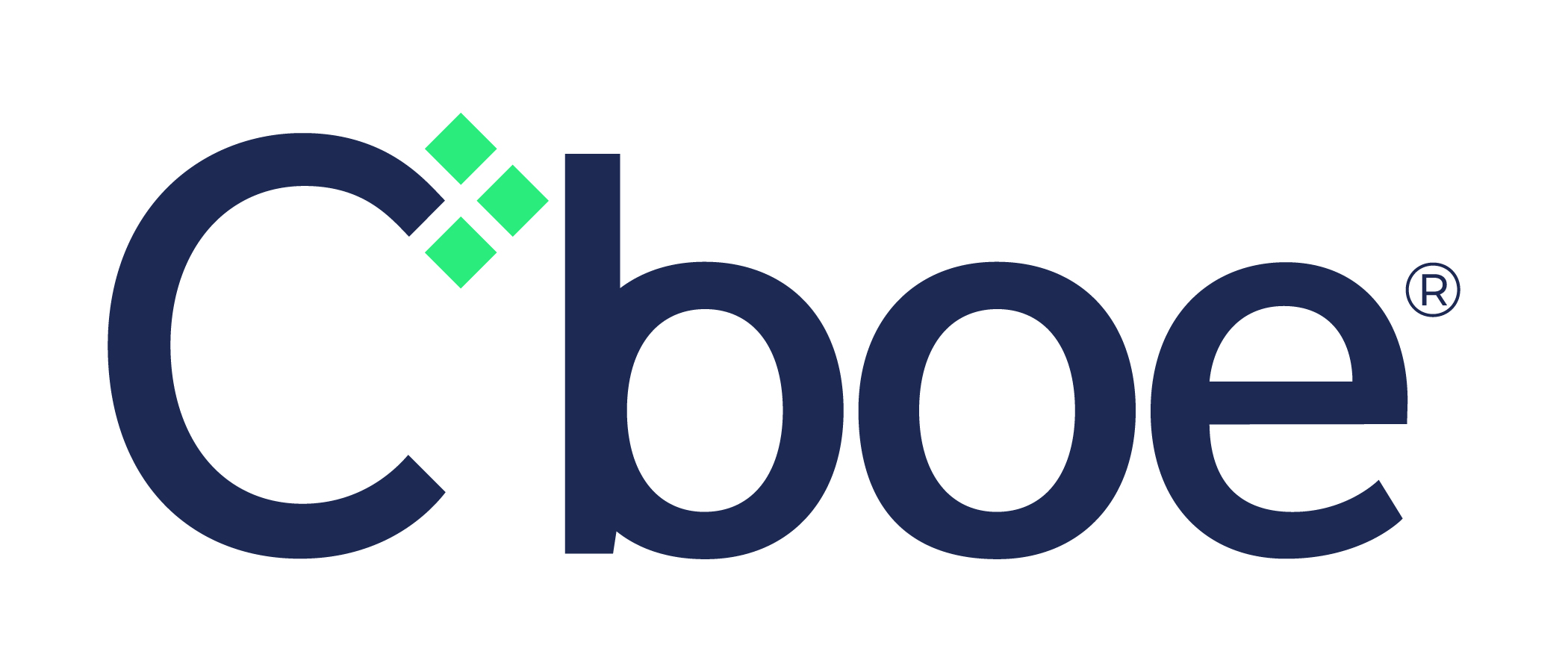A recent joint venture (JV) proposal by 14 exchanges to operate a consolidated tape in Europe is an attempt to “brick wall” the capital markets vision for the continent by pushing a version of the tape that will result in “failure”, industry participants have told ETF Stream.
Last December, the European Council adopted a proposal advocating for a real-time, post-trade consolidated tape with historical snapshots of the European best bid and offer (EBBO), which Natan Tiefenbrun, president of Cboe Europe described as being “like driving with the rear-view mirror”.
Tiefenbrun noted the European Council text means the consolidated tape would receive but not necessarily disseminate all real-time pre and post-trade data and could allow a subset of venues to stream their pre-trade data on a real-time basis.
“The bad thing about the European Council’s position is that nobody wants to buy the post-trade version. Policymakers have landed on a theoretical compromise that in practice will not be successful – it simply does not meet investors’ needs,” Tiefenbrun warned.
“Just in case the consolidated tape provider is not invested in making the tape a success, it is essential that the legal text requires them to disseminate pre-trade data if there are venues that want to opt-in.”
In recent weeks, the European Parliament adopted its own consolidated tape proposal advocating for a mandatory pre-trade tape and incentives for providers to not just contribute but also disseminate their real-time pre-trade data.
Within the past month, 14 exchanges including Euronext, Deutsche Boerse, SIX Swiss and Nasdaq announced they would apply to be the consolidated tape provider in the future bidding process despite previously opposing this evolution in the EU’s Capital Markets Union (CMU).
“The announcement from the exchanges did not commit them one way or the other but we are quite certain that if they are a serious contender, what they are going to support is not a pre and post-trade tape,” Susan Yavari, senior regulatory policy adviser at the European Funds and Asset Management Association (EFAMA), told ETF Stream.
“What we see from the exchanges is a brick wall. We have been saying the same thing for eons, whereas for a long time they resisted it and said forget the consolidated tape, go for a 15-minute delay or end-of-day tape.
“[Only] when the European Council and Parliament made all this progress, the exchanges put their proposal together. You do have to view this with a healthy dose of scepticism.”
Keshava Shastry, global head of capital markets at DWS, stressed the importance of ensuring the consolidated tape is real-time, pre- and post-trade.
“The bid by the consortium of exchanges is very welcome though has been a bit low on details,” Keshava continued. “If the consortium wants to do that, we welcome them putting up detailed ideas but it is important to do it in the right way and at the cost structure.
“It cannot be a revenue model to yield prices like any other market data feed. It must be done at a very reasonable cost basis to recoup costs with a small margin.”
A defining moment for Europe’s tape
Industry participants engaging with EU bodies told ETF Stream post-trade data already exists and is not bought by buy or sell-side participants. They added individual exchange providers are attempting to lobby countries’ ministers of finance to accept the European Council’s proposal despite risks this could result in a consolidated tape with no customers and no political appetite to try again if it fails.
Responding, Niels Tomm, spokesperson for the exchange joint-venture (JV), said the 14 participants are “very serious about offering a regulatory-compliant solution for the tape once the final scope of the legislation is determined”.
“The important thing about the JV is it does not refer to any advocacy done by individual exchanges or the Federation of European Securities Exchanges (FESE),” Tomm added. “The JV itself is not engaging in lobbying activities. It is purely a business set-up.”
On whether the consortium would prefer to operate a pre and post-trade or purely post-trade tape, Tomm said “we are neutral to the outcome” but noted the consolidated tape would require “100% coverage of the EU instruments”, “clarity in the rules for the tender process” and “no fragmentation between different data sources that are in or outside the tape”.
However, he added: “I am not speaking on behalf of the individual exchanges or FESE. They might give you a different perspective from an advocacy point of view.”
The JV is expected to be part of the bidding process to operate the tape following the European Securities and Markets Authority (ESMA) authoring the regulatory technical standards (RTS) which will act as the tangible rules of engagement for the consolidated tape.
This will follow the ‘trialogue’ beginning on 18 April, where the European Council, Parliament and Commission could take between three and 12 months to decide on a compromised overarching framework for a consolidated tape.
While the final tapes for bonds and equities-ETFs may not materialise until 2025, the battle to influence policymakers and public opinion will be fiercest as the legislative process begins in earnest in the coming weeks and months.
Yavari concluded: “We have to keep the debate alive in the public sphere and call the exchanges on what they are doing. This is protectionist and backward-looking. That is how we keep this from getting away from us.”












